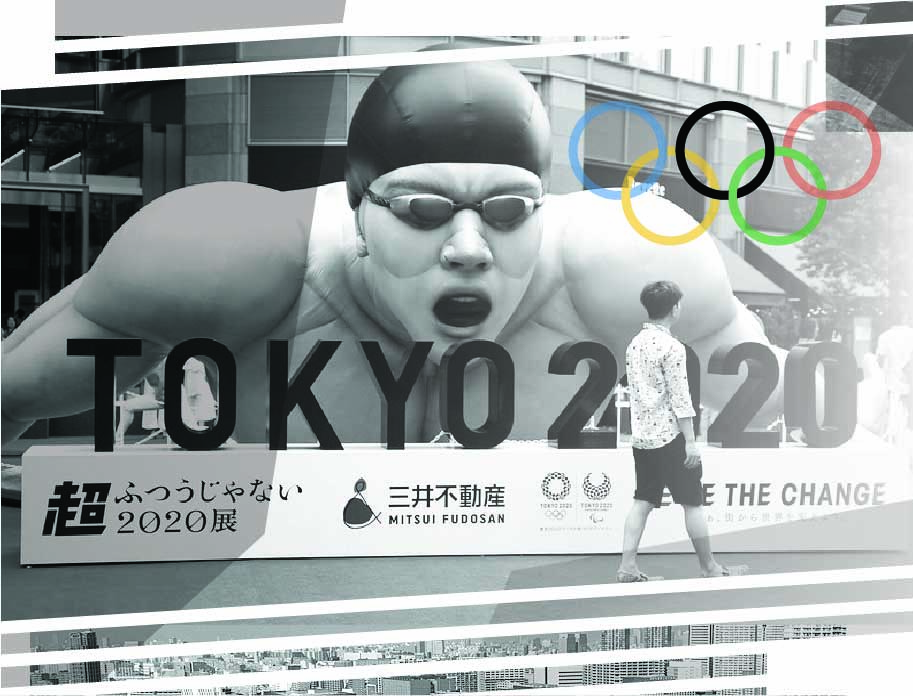
Dr Carly Stewart
Associate Professor and Head of Department for Sport and Event Management, Bournemouth University, UK
Sociological narrative researcher of lives, bodies, identities, and storytelling in a range of disruptive and/or transitional contexts including sport and physical culture, health, education, and the workplace. She is interested in the ways individuals come to live with their stories in society and simultaneously how stories direct lives.
Twitter: @BUdepSEM @BU_SPARC

Dr Natalie Barker-Ruchti
Associate Professor in Sport Management and Sport Coaching, Örebro University, Sweden
Research focuses on how sport participation at the junior and senior levels of elite sport affects athletes’ learning, identities, and lives, also upon retiring from sport. She has extensively researched the history and current situation of women’s artistic gymnastics and continues to examine how the health and wellbeing of gymnasts can be ensured.
Twitter: @barkerruchti

Section 3: Performance & Identity
- ‘The Games they are a-changin’’: footnotes on Olympic athletics in transition post-Tokyo 2020
- Racist slurs, stubborn animals, and colonial fear
- Tokyo 2021 and the LGBTQ athlete
- Transgender participation at the Tokyo Olympics: Laurel Hubbard and a media tempest
- Naomi Osaka bearing the torch for a mixed race Japan
- Tokyo 2020: athlete welfare and coping with new anxieties
- When women aren’t women enough to compete
- Policing the uniforms and sportswear of Tokyo 2020: Commercialism in the name of competition
- Twitter helps normalize discussions on mental health beyond athletes
- Communication of athlete risk with head injuries in the 2020 Olympics
- The media coverage of the Tokyo 2021 Paralympic Games: Visibility, progress and politics
- Companies escape attention as debate on women’s uniform rages
- It’s complicated: Disability media and the Paralympic Games
- Tokyo Olympics: When athletes are faced with the impossible
In 1996, U.S. gymnast Kerri Strug stole the victory headlines for performing the vault on an injured ankle, ceremoniously carried to the podium by her now widely criticized coach, Bela Karolyi. In Tokyo 2021 US gymnast, Simone Biles dominated the headlines for her decision to pull out of several high-profile events to put her mental health first. Likening the two incidents as victory narratives would be a mistake without highlighting the differences between them in what now constitutes heroism. Biles’ story is one of independence and choice that puts self-care and well-being above winning, arguably like that of Japanese-American tennis player, Naomi Osaka, who decided to pull out of the French Open earlier this year. The Biles and Osaka incidents serve as a useful indicator of at least some progressive change for athlete voice and welfare in sport more generally; however, in this piece we take a closer look at the significance of this change in a sport long associated with disciplined and controlled bodies at the highest levels of expression. Gymnasts have been passive and compliant with little control over their bodies, even when they are in pain, hungry, or fearful. In this piece, we offer three observations of what we hope is evidence of real change at Tokyo 2021 and foreground a socio-cultural understanding of the gymnast body as central to any discussion on athlete agency, choice, and voice.
Our first observation is that Tokyo 2021 saw female gymnasts that were visibly stronger and more powerful. Biles has arguably raised the bar of athleticism and acrobatic ability needed to win and other gymnasts are following in her wake. Gymnasts’ bodies are, overall, now more muscular and acrobatic than they have ever been. Traditionally gymnasts have been pushed by coaches to adopt behaviors that produce the exceptionally thin and child-like ideal of femininity and graceful aesthetics. Eating disorders and injury were commonplace and muscles not desired. Muscular bodies in women’s gymnastics are both tangible and symbolic markers of empowerment and progress. Their physicality is noticed in the taking up and claiming of physical space in a sport where women and girls have been taught to be compliant, to occupy less space and to be silent. However, we should not be overly content just yet as legacy of the Nadia Comaneci system is still evident through the representation of some nations.
Our second observation is the visible success of older gymnasts such as silver medalist Italian Vanessa Ferarri (aged 30) and Germany’s Kim Bui (aged 32) adding vital weight to the arguments of scholars who challenge the discourse that young female bodies are naturally suited for elite gymnastics. In other sports we marvel at the exceptionally young athlete (British skateboarding bronze medalist Sky Brown is just 13 years of age) but in gymnastics a minimum age of 16 years has been in place since 1997 serving as a stark reminder of the need to protect child gymnasts from injuries and intense training schedules. Reporting on the experiences of gymnasts have revealed a culture that advocates to ‘beat’ puberty. The visibility of high-performing older gymnastics bodies in this new era are therefore important body narratives for others to draw upon. We hope this reflects a shift to more modern, ethical, and sustainable gymnastics coaching that seeks longevity through welfare.
Our third observation is that Tokyo 2021 saw the German team exercise the choice to wear the unitard to combat sexism. Women’s Artistic Gymnastics has been historically important in defining and reproducing traditional and narrowly defined gender ideologies. UN sustainable development goal 5 ‘gender equality’ seeks to end violence against women as well as to empower and address unconscious biases and implicit associations that form unintended and invisible barriers to equal opportunity. Under the wave of the #metoo social movement against sexual abuse and sexual harassment, and in the wake of the Larry Nassar case which saw the abuse of at least 265 young female gymnasts, we find it surprising gymnastics has not come under more scrutiny for the gendered ideals it perpetuates and has not modernized in response to a wider gender equality agenda. It is yet to be seen just how important this first step was and whether we will see more unitards in Paris 2024. We hope so.
In closing, bodies matter. They can (and do) stand for the reproduction of social inequalities and social progress, ethical practice, and malpractice. The Olympics are an important marker for noticing, “seeing” and critically evaluating body politics. Simone Biles had a choice that Kerri Strug did not. We hope the future of gymnastics will be an empowering space that puts gymnast agency and voice at the top of its agenda.

